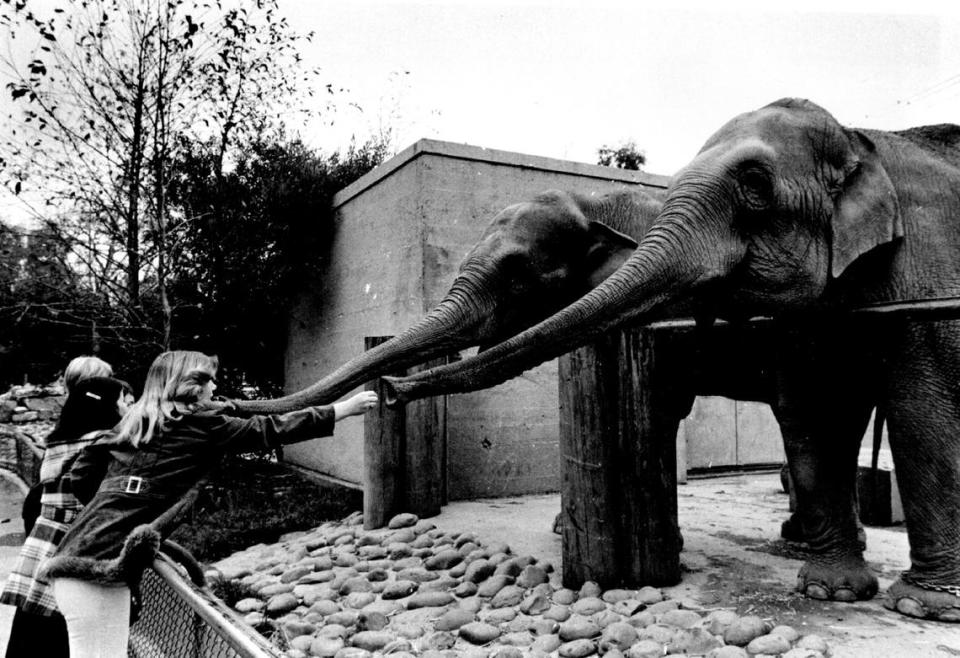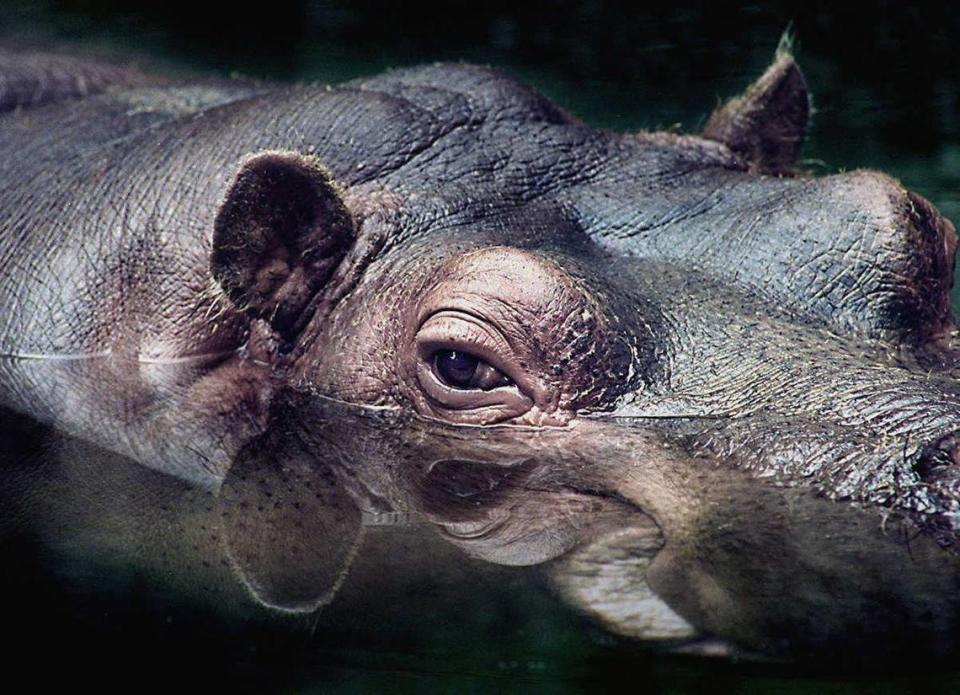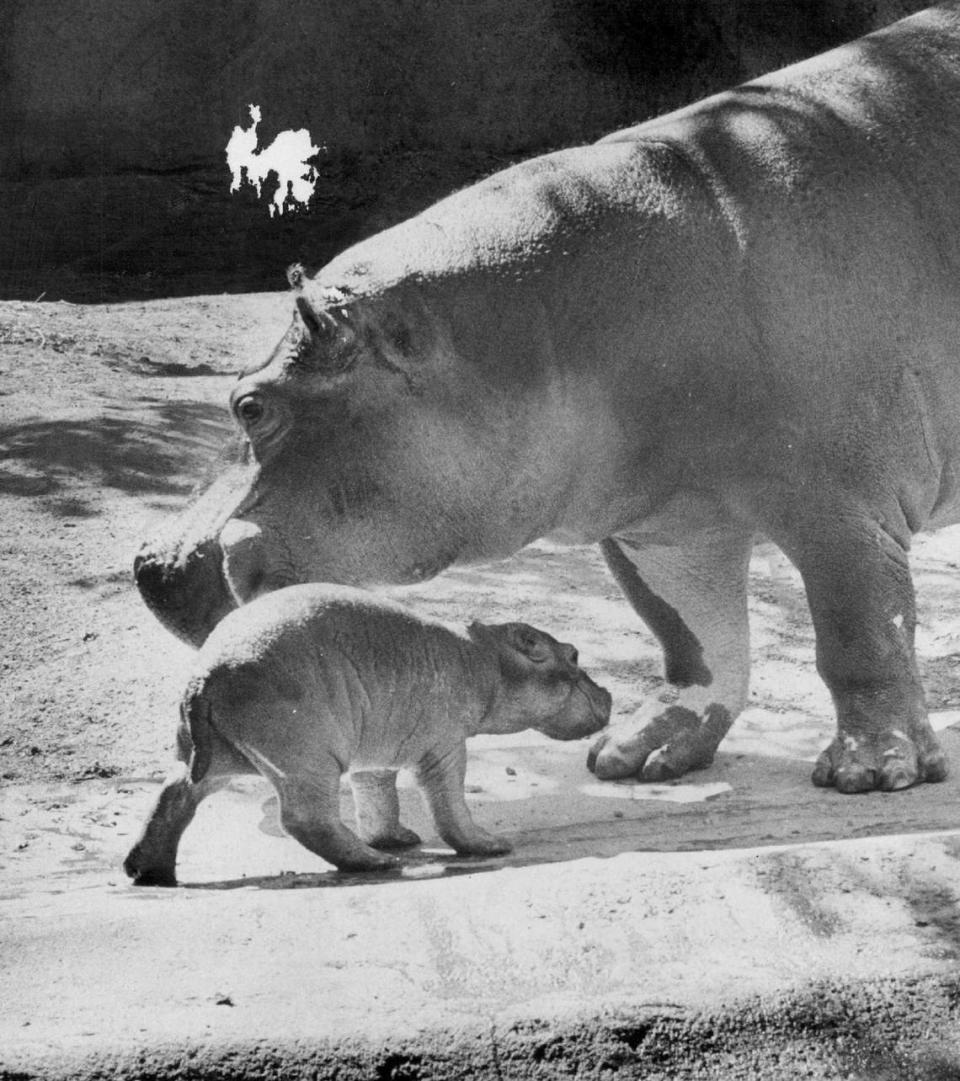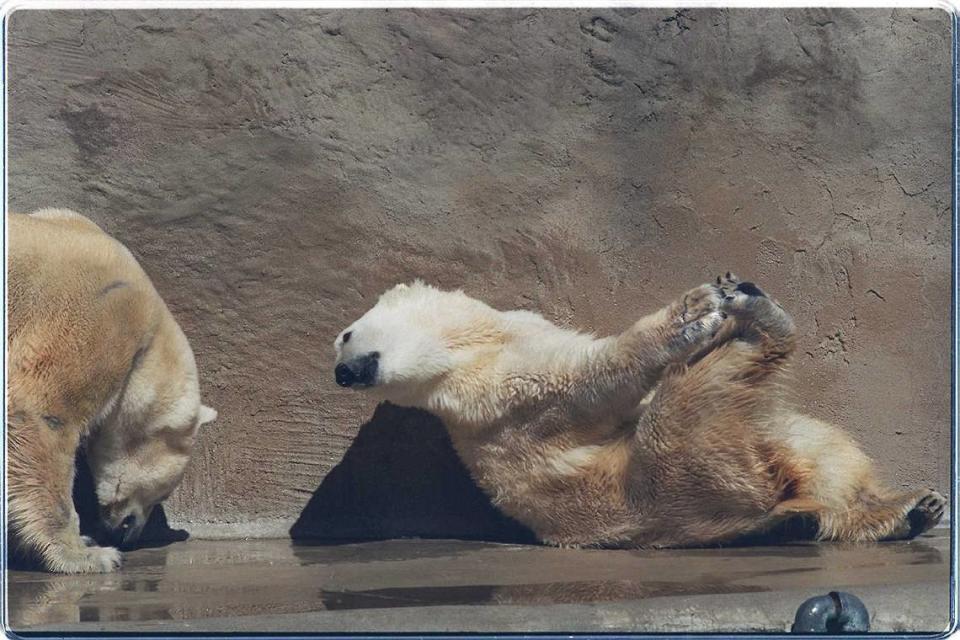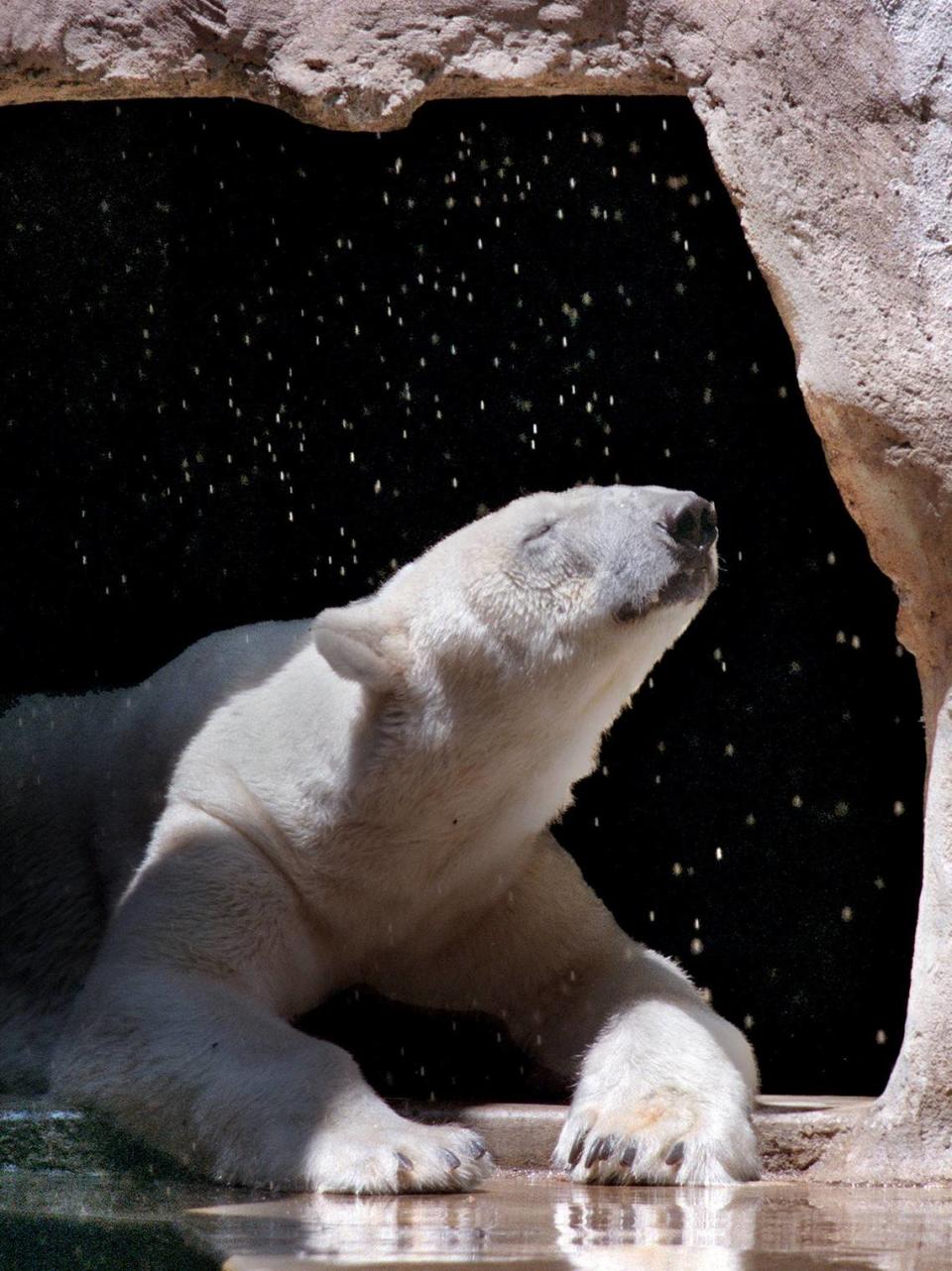Sacramento opened its Land Park zoo during a truly roaring ’20s. What came next was wild
Uniquely is a Sacramento Bee series that covers the moments, landmarks and personalities that define what makes living in the Sacramento area so special.
Tucked in one of Sacramento’s most popular outdoor parks is a nearly century-old destination for wild animals and spectators.
The Sacramento Zoo at 3930 W Land Park Drive opened its doors in 1927. On Wednesday evening, Elk Grove City Council will determine its future.
For years, the city of Elk Grove and the Sacramento Zoological Society have toyed with the possibility of moving Sacramento’s only zoo from its original stomping ground to a bare site in south Elk Grove at Kammerer Road and Lotz Parkway.
The move would allow the zoo to undergo a significant expansion, more than quadrupling its size, The Sacramento Bee previously reported.
As Elk Grove city leaders gear up to vote on the project, here’s a look back in time at the Sacramento Zoo and its animals:
When did the Sacramento Zoo open in Land Park?
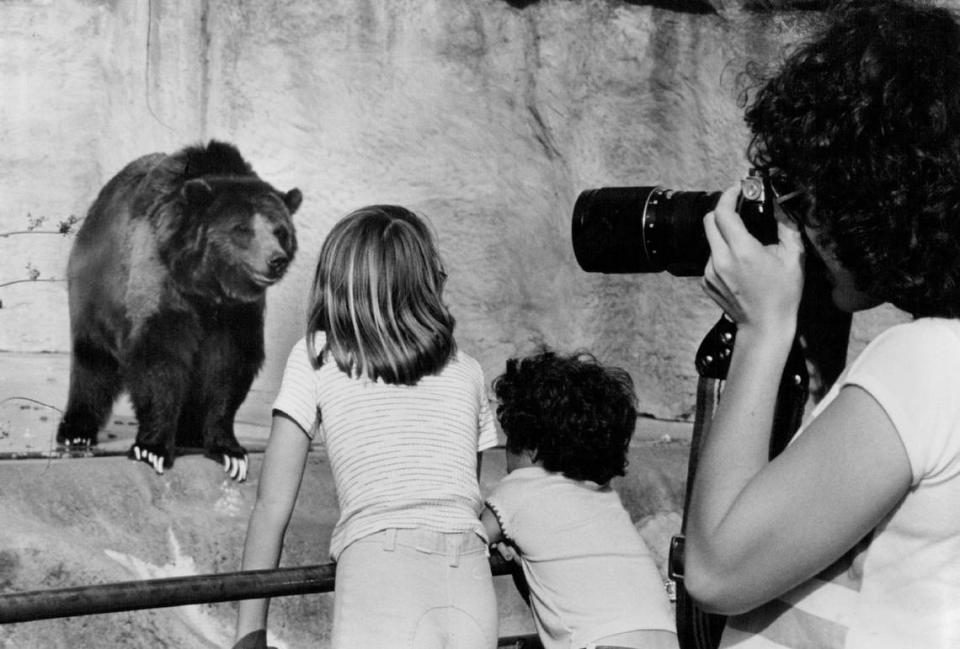
The Sacramento Zoo, then called the William Land Park Zoo, was established in 1927 with 40 animals and roughly 4 acres of land, according to its site.
The zoo was a consolidation of several smaller attractions across city parks — including McKinley, McClatchy and Southside parks, according to a Land Park history brochure.
It wasn’t until the 1950s that The Sacramento Zoological Society — a driving force behind the Elk Grove move — was formed to “promote the development of the zoo into a true zoological park,” according to a 1956 article for The Bee.
Sacramento had a truly roaring ‘20s
Furry creatures could be found across the city long before the creation of the Sacramento Zoo.
The earliest reference to a zoo in The Bee archives was May 1905. The Bee wrote about Carl Sweeney — a man who kept a pair of “spunky” cinnamon-colored cubs in the window of his K Street business.
Sweeney planned to donate the cubs to McKinley Park Association to be placed at an East area zoo “to please children.” But first, he demanded a payment.
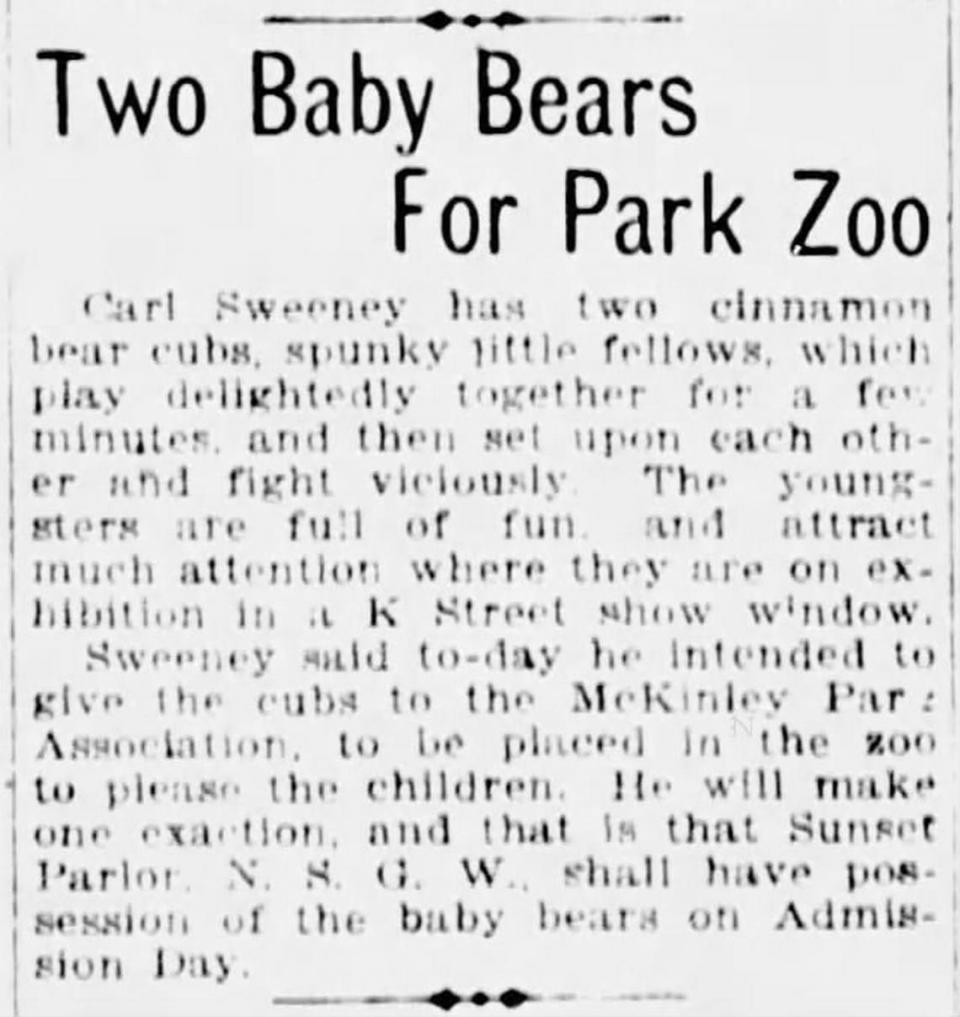
The wildness of Sacramento’s animal scene took off in the 1920s.
Sacramento newspaper archives indicate animals were bringing “hundreds each day” to William Land Park — a new neighborhood at the time — as early as 1925.
An edition of the now-defunct Sacramento Union that year described an “attractive small zoo,” featuring ostriches, elk, deer, one bear, monkeys, one hawk, owls, porcupines, raccoons, badgers and more.
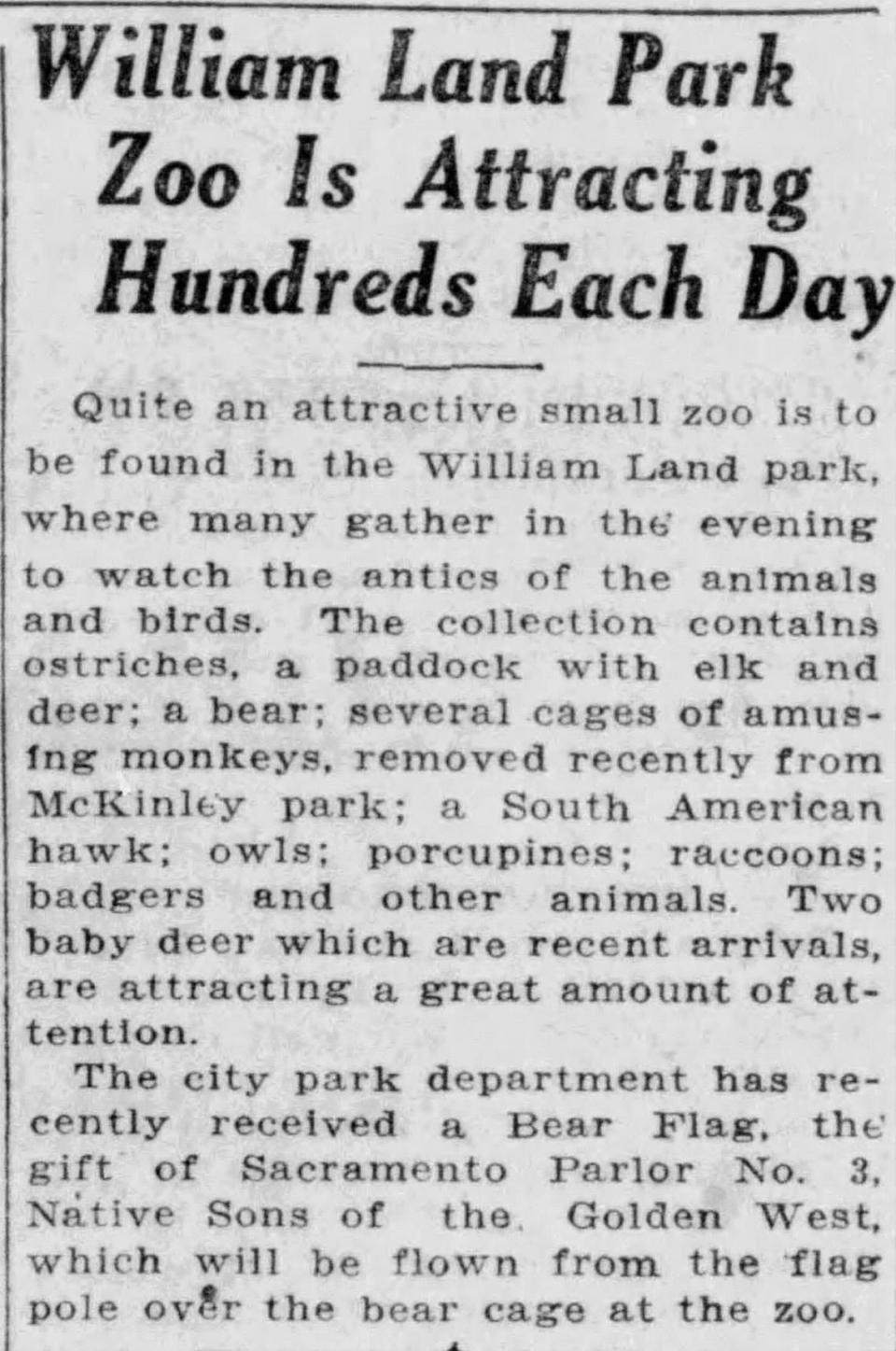
By 1927, the neighborhood was home to some of the food chain’s most dominant animals.
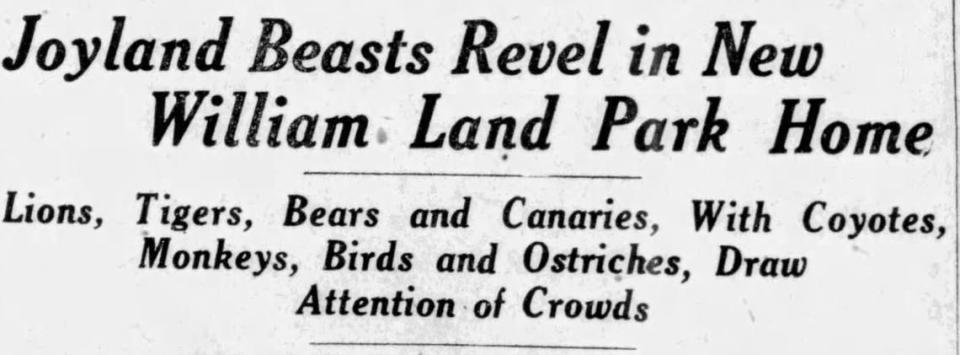
The Sacramento Union published first-hand accounts of animal sightings. There were so many animals on display in May 1927, the paper wrote, that visitors felt like “members of a big game hunt.”
First-person accounts of animals in Land Park

At a combined weight of 1,100 pounds, Mutt and Jeff — a brown bear couple — sat in an enclosure that featured a shallow tank of water and two trees without leaves to discourage climbing.
“Mutt’s first act was to sit down and view the world; Jeff ambled around the pool, poked her nose at the audience and cast a sidelong glance at the light-o-love,” the article stated.
Another cage, divided into two sections, featured 10-year-old Sooner the Bengal tiger, Nero the lion and Cleopatra the lioness. The trio’s favorite meal? Plain cow’s milk.
Also seen were tigers, raccoons, foxes, porcupines, rabbits, guinea pigs, pigeons, doves, peacocks, 15 monkeys, squirrels, raccoons, and coyotes that “insist on howling every time a train whistles for a crossing.”
Animals that had inhabited other parts of the city were rounded up and sent to Land Park zoo once it was available.
A Ford dragged a tiger around the Sacramento Zoo
On May 12, 1927, The Sacramento Union wrote about a “mighty Ford” car dragging Sooner the “raging” tiger from one cage to another. That was after a hose to the face.
“No longer can there be any question about the Ford being mightier than the tiger,” the article stated.
That same year, Ford began selling its Model A after decades of the Model T’s auto-industry domination.
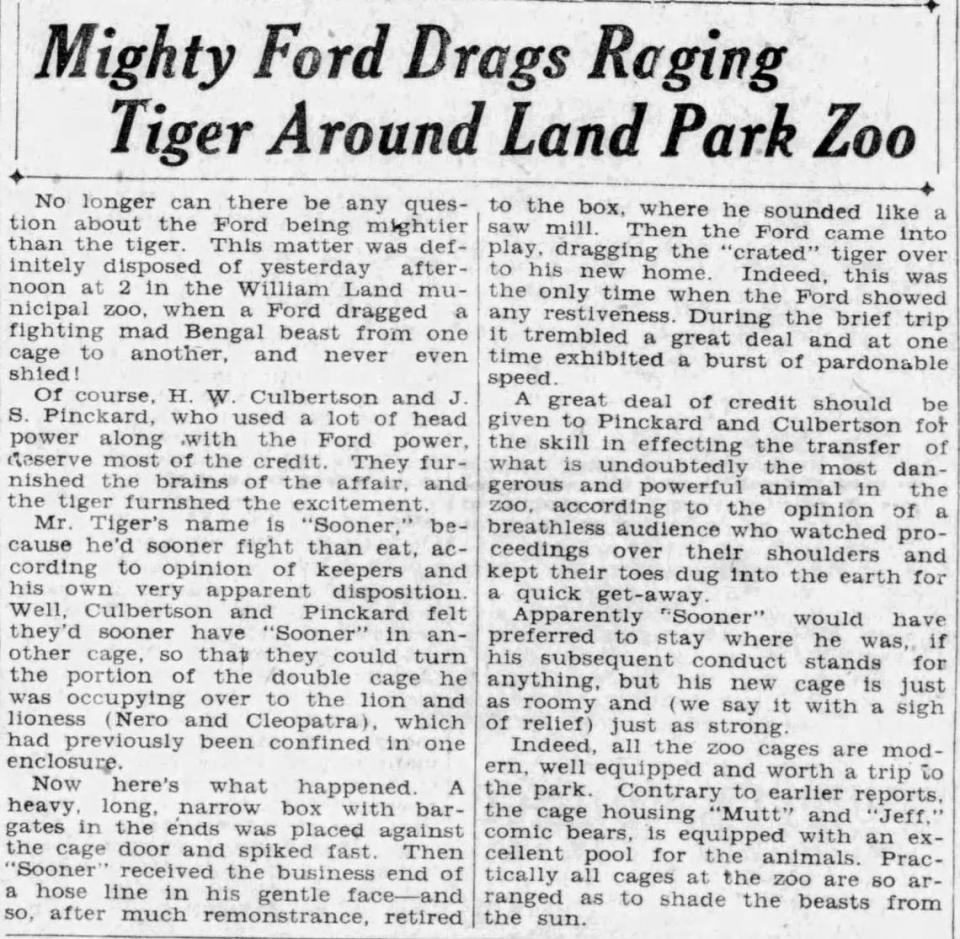
Zoo animals were once forced to skip meals
A mandatory fasting order was issued by the city the year the zoo opened.
One day per week, animals were not to be fed, according to a 1927 Bee article.
“The monkeys, the bears, lions and other animals at the William Land Park city zoo don’t know anything about the ancient religious custom of fasting, but an order issued by the city park department to-day will compel them to observe it whether they like it or not,” The Bee published on May 30, 1927.
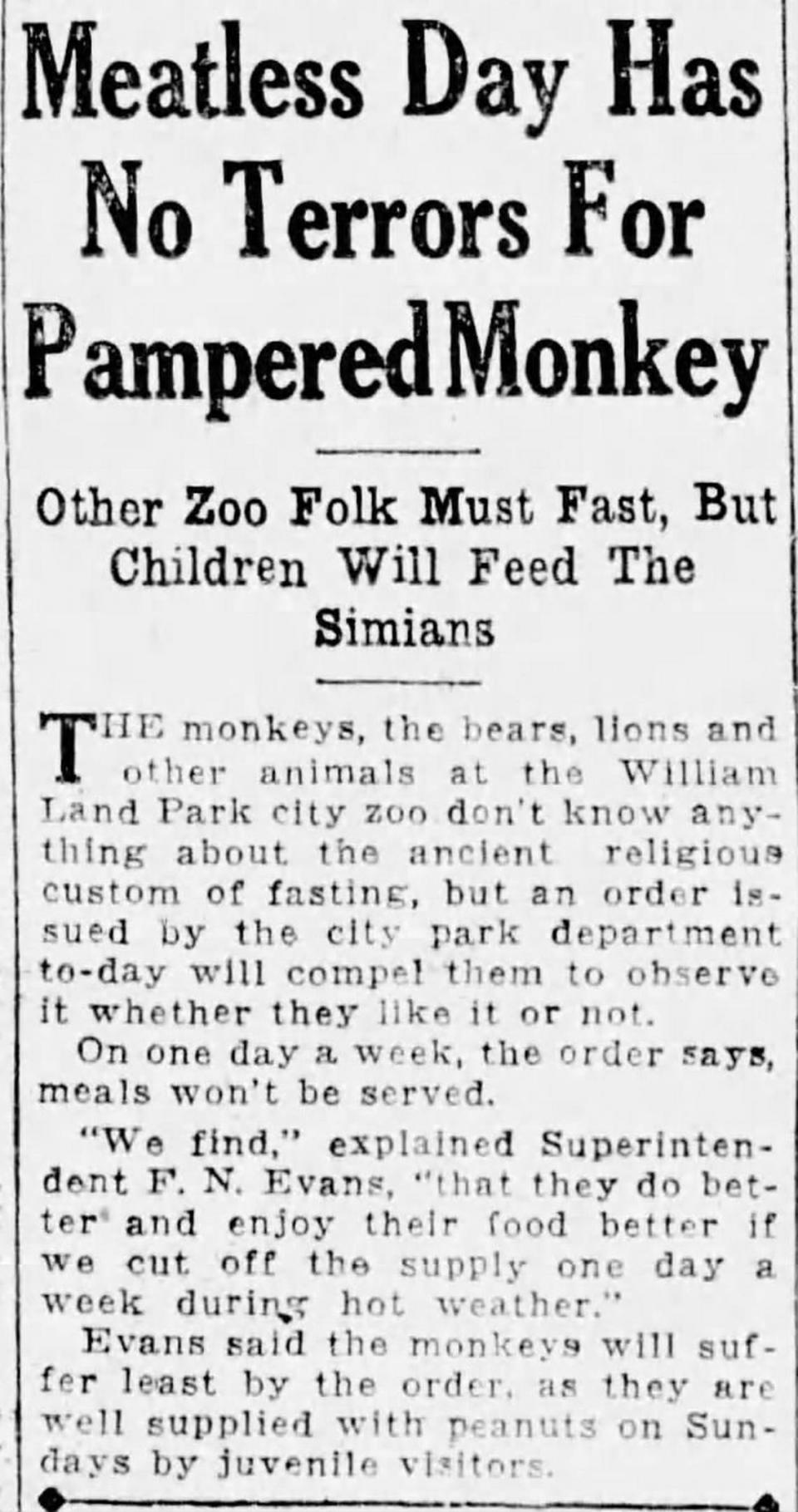
Sacramento zoo scene grows wilder by the day
From the 1920s to at least the 1960s, Sacramento readers could rarely open a newspaper without spotting a story about the Sacramento Zoo, from new additions to commentary on its current tenants.
A Sept. 8, 1927, Bee article, announced a large buffalo from Reno was added to the Sacramento Zoo. The city was expecting two, but one escaped.
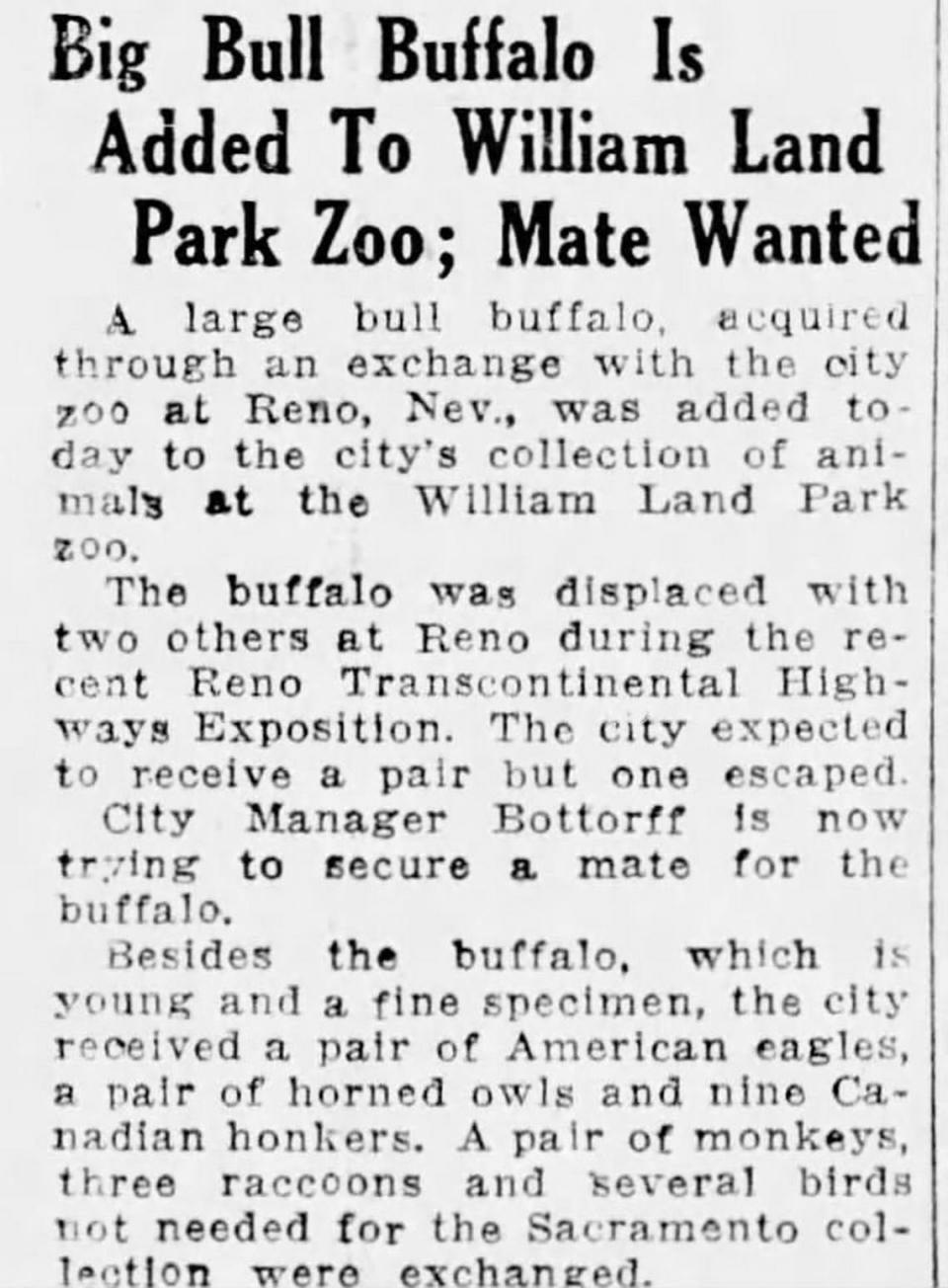
The next month, The Bee described a quiet lion and lioness — named Romeo and Juliet.
“Never having known anything about a jungle existence, they are quite content to drowse away in their cages, knowing that a full meal will come at the end of the day,” the article stated.
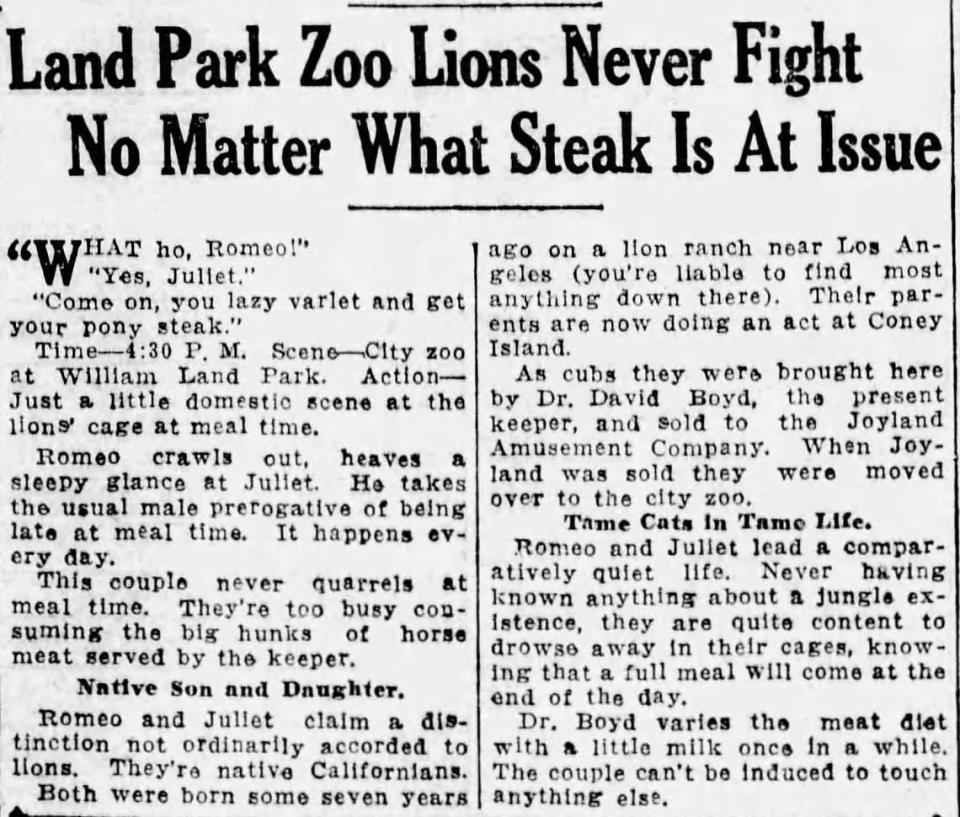
And in 1948, a form to gather name suggestions for the zoo’s new elephant was published in The Sacramento Union alongside a story titled “What’s in an Elephant Name? Well, Here’s a Liberal Idea.”
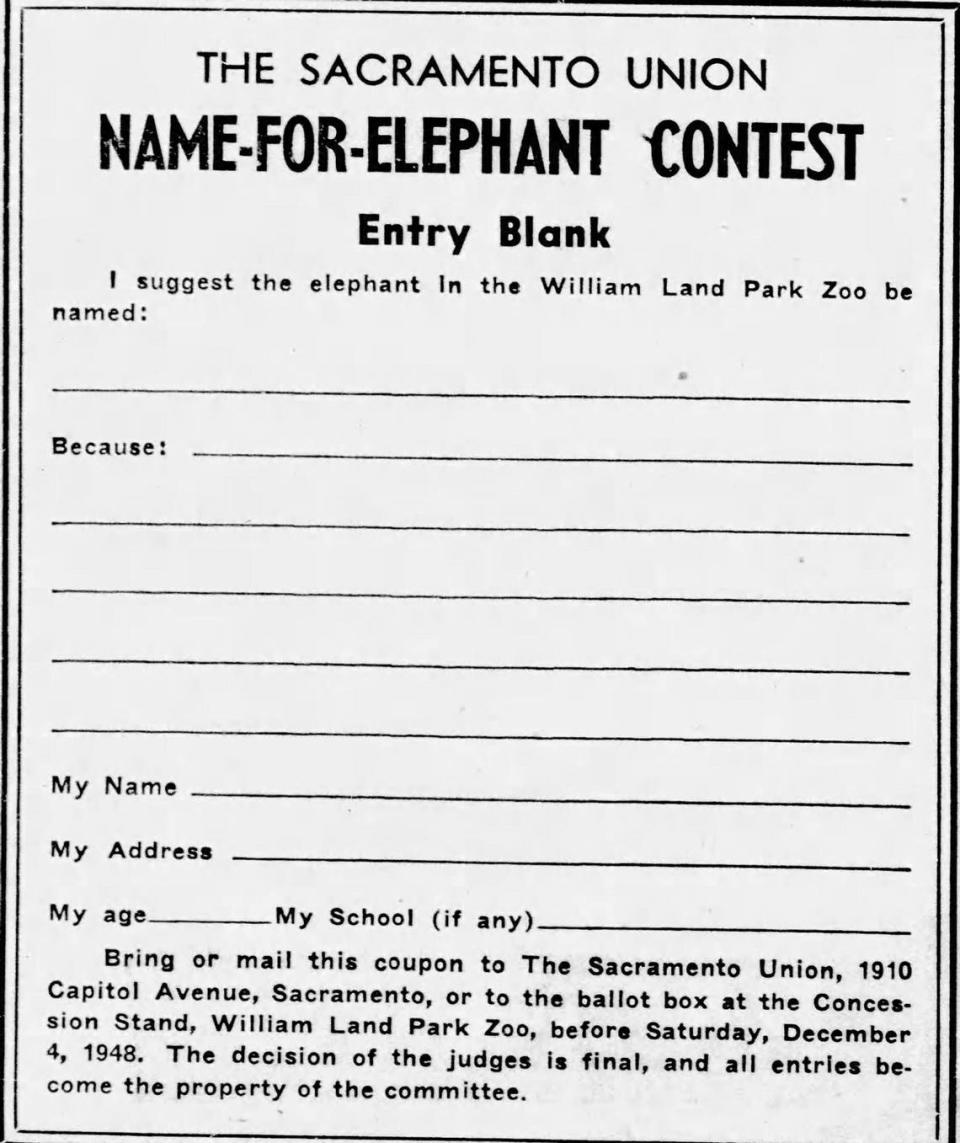
The zoo continued to expand throughout the 20th century, opening its reptile house in the 1970s.
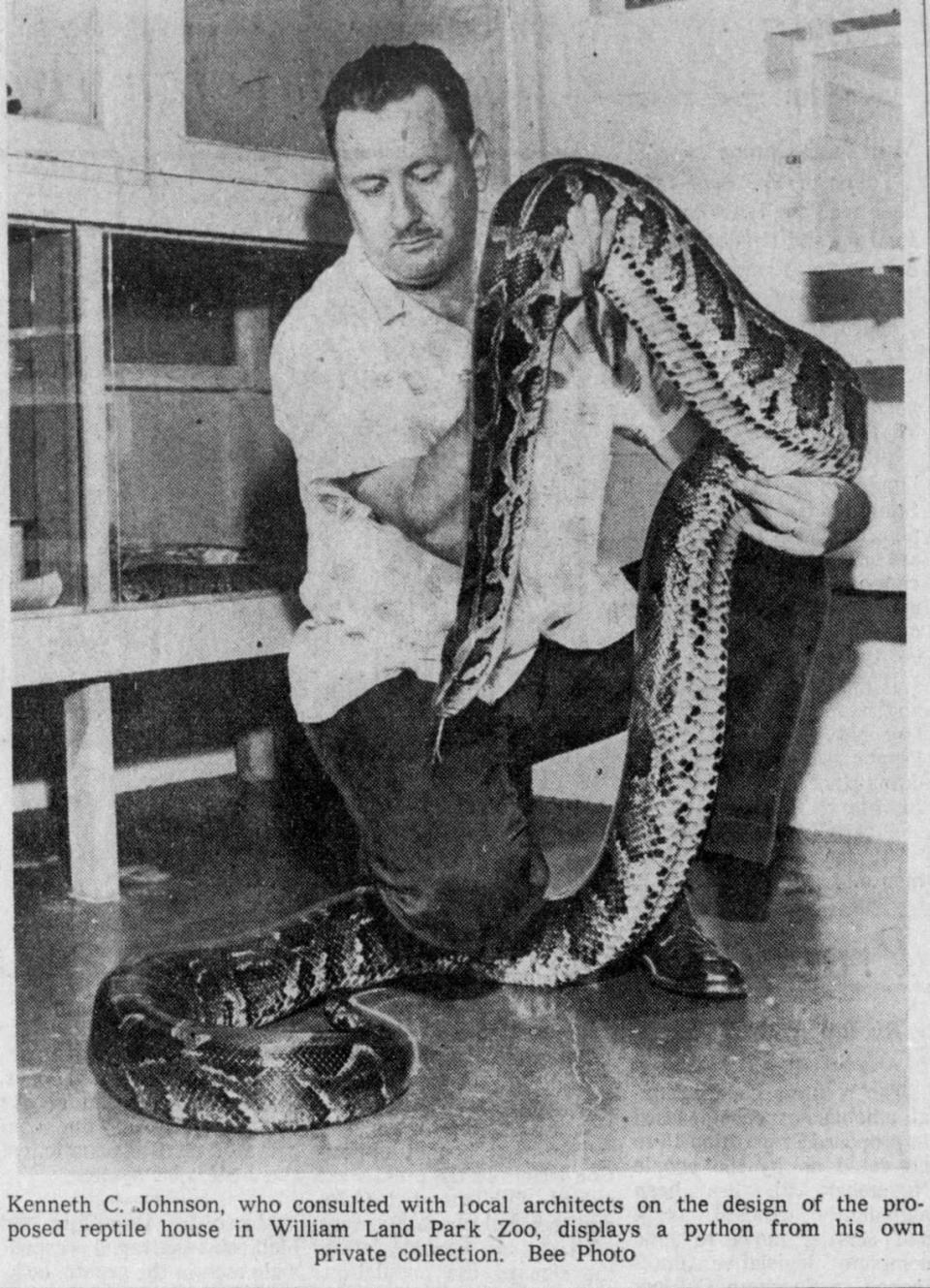
By 1975, the zoo covered 11 acres. It now sits at 14.4 and is home to more than 400 animals.
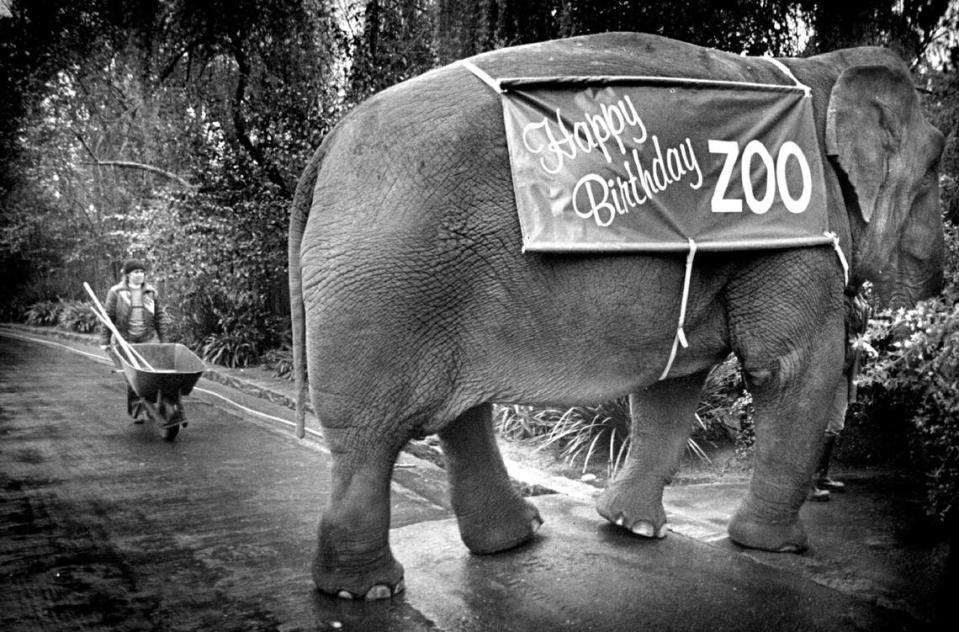
Animals of a day gone by
There are animals that once stalked the Land Park grounds you won’t catch at the Sacramento Zoo on a modern-day excursion — including elephants, hippos and polar bears.
